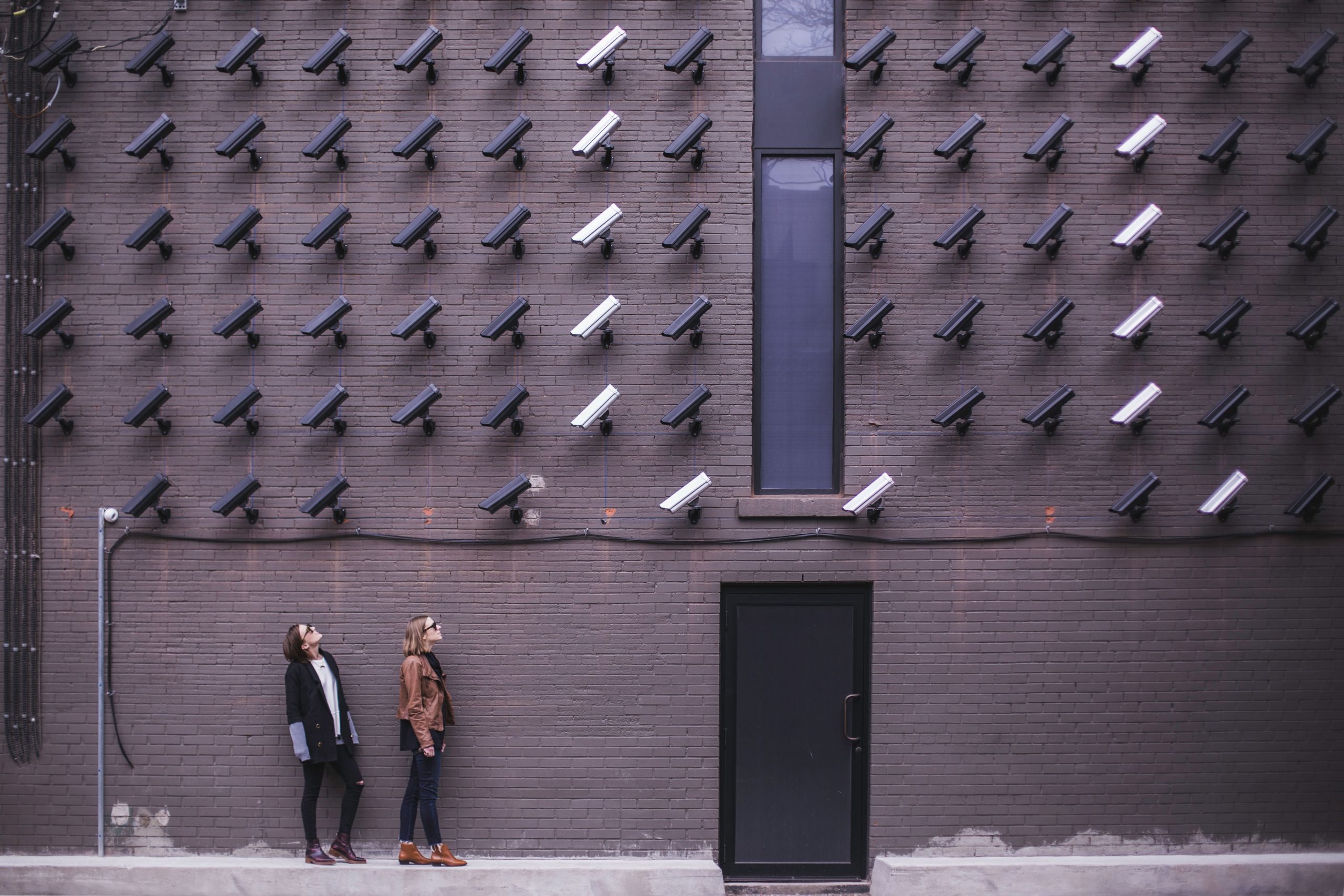As we progress into a world of integrated technology, facial recognition technology is generating more speed and is becoming increasingly sophisticated. Its adoption has seen it now being used in commercial settings and as a means of identification, replacing passwords on smartphones.
The global facial recognition market size in 2019 was valued at $3.4billion and is anticipated to expand far beyond as evident from the graph above. The technology surrounding facial tracking and recognition is improving and evolving, expanding the tech further afield at an explosive rate.
Facial recognition is also present in a wide variety of governmental uses such as facial identification in CCTV cameras around the world, moving surveillance into a new more accurate phase. Many policing bodies believe using facial recognition and tracking technology could help revolutionize the fight against crime. It will also help improve surveillance to decrease the risk of terrorist attacks. The adoption of the technology in law enforcement is substantially contributing to its mass market growth.
An increasing adoption of facial tracking technology across a range of applications is one of the major factors accelerating market growth. The sophisticated technology is used on a daily basis thanks to its implementation in smartphones. The software application on smart devices, thanks to in built high-end cameras, not only unlocks the device but can also be used as a method of payment verification, making the financial world safer, but how does it work?
How facial recognition works
Facial tracking and recognition is the process of identifying faces and verifying them to identify the person based on facial features. The technology has the ability to capture, analyse and compare patterns based on the facial details of a person, creating them as tags used for identification.
First the technology is able to detect the face. It then detects and locates the human face in a range of media, mainly videos and pictures. The technology then enters the facial capture process where it transforms analog information, which in this case is the face, into a set of digital information known as data. This is done based on the person's facial features. Lastly, it enters the face match process where it verifies the face and matches it to a person creating data.
Biometrics, one of the most collected metrics, are used to help identify and authenticate the person. This is done by using a range of recognisable and verifiable data that is specific and unique to the person.
In relation to facial biometrics a 2D and 3D sensor captures the face through the media and transforms it into digital data. It does this by applying an algorithm before comparing the image that has been captured against images held on the database. Using facial tracking and recognition automated systems helps to identify and check the identity of individuals in a few seconds.
Concerns over surveillance
There has been much concern surrounding the issues of personal data protection and the lack of privacy surveillance gives people. Many have concerns over smart city systems which have round the clock surveillance, arguing that there is no evidence to suggest the benefits of implementing facil tracking technologies like this has reduced crime rates and that the public have very little knowledge of the systems in place.
There are also human right concerns as it offers indiscriminate live surveillance. It also operates without legal or regulatory frameworks in place, opening the door to abuse such as obtaining images without knowledge or consent as well as using them in a way that is not approved.
Using facil tracking and recognition also denies citizens the opportunity for consent and there is very little information on how the technology is used. Facial recognition also promises accurate identification, however, a number of studies have shown that the algorithm is trained on racially biased data sets which means it is subject to misidentifying people of colour.
With this in mind, it is fair to say that facial tracking technology has a long way to, but its adoption has seen radical growth, most certainly over the course of the pandemic. There are pros and cons to this type of technology, and although it does seem natural to be under surveillance in this current climate of super connectivity, tighter regulations need to be in place to help make the system safer, without exploiting the public.






